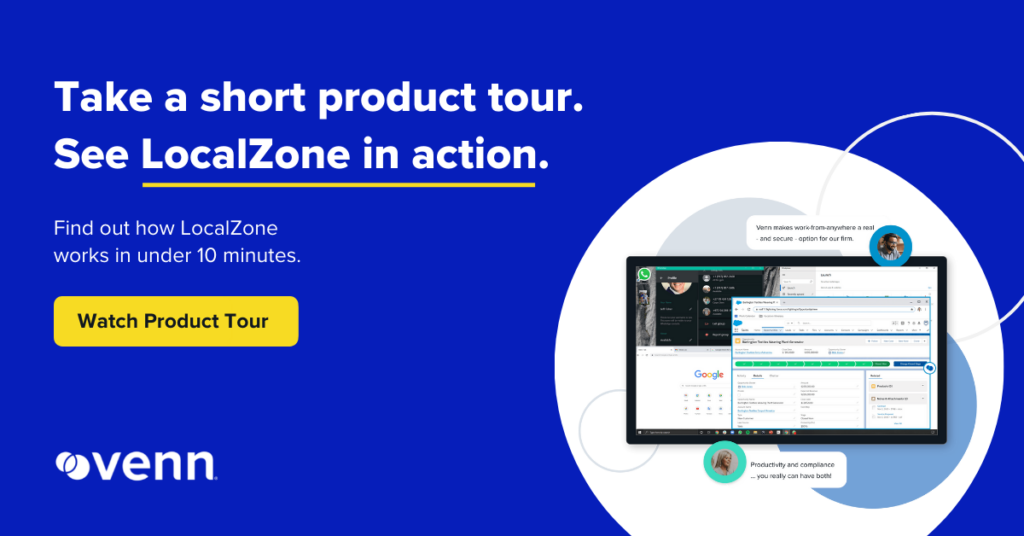5 Reasons Why Work from Home is Here to Stay

The COVID-19 pandemic forced organizations around the world to rapidly design remote work programs that both protected their employees and ensured business continuity in turbulent economic times. From the onset of this shift to dispersed organization structures business leaders around the world naturally assumed that it was to be a disruption, not a complete reset, of the way we work. However it’s now almost three years after the outbreak of the virus and once buzzing offices have remained empty. There has been no rush of employees back to conventional places of work, and many employers have made the decision to fully embrace a remote or hybrid model moving forward. Let’s deep dive into a couple reasons why work from home isn’t going anywhere.
1. Need to Attract Young Talent
Gen Z employees have spoken loud and clear, and their message is that they don’t want to work in conventional office settings. For many members of Gen Z who may have entered the workforce either right before or during the pandemic, this way of working is the only way they know. They have already grown used to the flexibility and convenience of working from home, and in industries that are ripe with competition companies that offer remote work gain an upper hand when it comes to hiring talent. Software companies that stay agile and offer their employees the flexibility to work how and when they want will come out on top in the struggle for top talent.
2. Reduction of Overhead Costs
The shift to remote work has allowed organizations to massively reduce expenditures on office spaces and the accompanying expenses that go along with providing your employees with the facilities they need to succeed. In a city like New York, where office prices can reach upwards of 95 dollars per square foot in high demand areas, companies end up with bills in the ten thousands of dollars per month for the space alone. When you add in utilities (and it gets hot in New York in the summer!), maintenance fees, staff fees, and more the price of running an office space only continues to swell. When there’s minimum business impact from working from home, employers are beginning to question those high ticket leases and instead beginning to provide programs like providing their employees with stipends to furnish their home offices.
3. Retaining Your Superstars
With the tech hiring space being as competitive as it is organizations are scrambling to secure leading candidates for in-demand roles like software engineers and product managers. Beyond the decision factors like compensation, company culture, perks, equity and more, office policies make a difference too! In fact, with approximately 60% of tech workers stating that they’re not interested in full time, in person work not offering remote work as an option means you’re likely to lose 3 out of 5 potential candidates- and who can afford that? Keeping your ear to the ground and listening to your employee base is a great way to foster an environment that workers want to be in, and is a crucial component of being an effective leader.
4. Broadened Geographic Hiring Pool
Eliminating the need for physical offices has allowed organizations to recruit talent from outside of their local region, opening opportunities for workers in non-traditional tech hubs and lowering costs for employers. If you can hire employees from anywhere, why would you limit yourself to a specific geographical region? By not having remote work as an option you’re drastically limiting the size of your candidate pool, and limiting the ideas and opinions you’re bringing into your organization. Geographical agnostic hiring is thinking outside the box, and in a competitive world taking advantage of all the resources at your disposal is key!
5. New Solutions
As the pandemic has worn on, some tech organizations have recognized the value in creating solutions that enable remote work. Tools like Slack, Zoom, Notion, and more have made remote communication and collaboration easier than ever before. Another concern, securing employee devices, has emerged as a key business item that organizations large and small need to look to prioritize in the years to come. That’s why at Venn we’re building Venn LocalZoneTM, the secure workspace for remote work that isolates and protects work from any personal use on the same computer. With robust central policy management capabilities, simple, out of the box implementation, and a nimble design it empowers employees to use one device for work and life without fear of them bleeding into each other. Organizations can keep their data safe, and users get better experiences- what’s not to like?
The Era of Remote Work
We’ve reached a point where conventional work models are no longer the most effective ways of running organizations. Hybrid and remote work give employees the flexibility and convenience of not being forced to commute to offices, and helps employers reduce overhead. However, ignoring the risks of remote work can be costly, and modern organizations need solutions in place to protect employee devices. Fortunately, we’ve got you covered- sign up for your Venn LocalZone demo here, or read more about how our solution improves user experiences over legacy VDI.
Tour our Product

More Blogs


